Trying to find if there is a suitable commonly available replacement transistor for a small circuit card on a Junghans W.707 clock movement (about 50 years old.)
Here's a picture of the whole thing http://www.hwynen.de/jgh-atomat.html (top right hand corner) and circuit cards shown below. Very simply, 2 coils, a capacitor and a transistor.
I then believe I've found a schematic of the card - http://www.bmumford.com/tmp/ATOschematic.gif however the actual circuit I have differs slightly from this layout but still only the 4 parts (2 coils, capacitor, transistor).
I have a similar clock with the same shape circuit card that I have swapped into the non-working unit and it works fine. The two interwoven coils, sense and drive, work with the oscillating spring balance that has two plates (above and below) with two small permanent magnets.
I'm pretty sure the coils are OK (measured for continuity) and I have even swapped the capacitor over and that is not the problem, which leaves the transistor. There are no markings on it to say what it is.
It is 8mm round by 7mm high; internal parts embeded in light green epoxy with 3 gold legs protruding and a small tag adjacent to one leg.
The working card, which has slightly different circuitry layout again - but still drives the movement, has a tall thin transistor (4.6 x 10mm) that has '13X' and a small red dot on it.
The whole thing runs off a 1.5V C size battery.
Does anyone know of a suitable transistor that would perform the job? If the original is available, where could I get it in Australia?
I did find a DIY guitar pedal site that seems to have AC125 gemaniums but 4 different sorts - but I don't know which of them would be suitable.
(DIY Guitar Pedals has some germanium transistors for sale, but I'm not sure which would be suitable.)
Replacement does not necessarily have to be the AC125 germanium. I'm only basing that on the schematic I found. I just want something to perform the job and I don't have enough knowledge to figure out what's suitable.
If it would help I can photograph my actual circuit (both sides) and draw the schematic but not sure what the internals of the transistor would be.
Schematic from above link:

